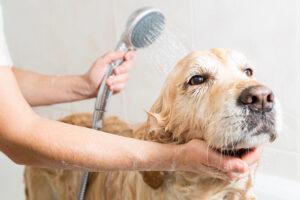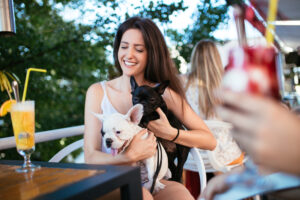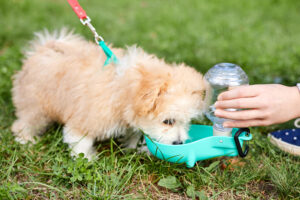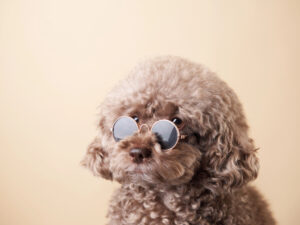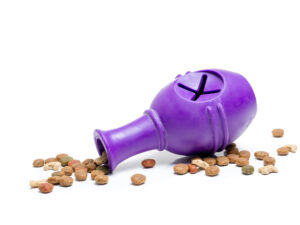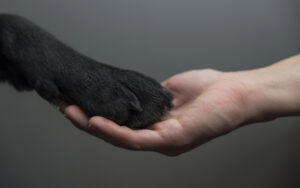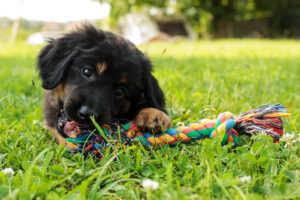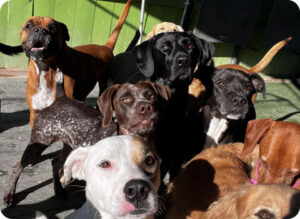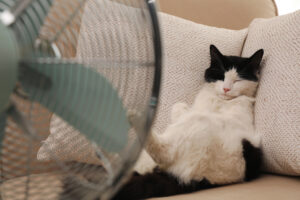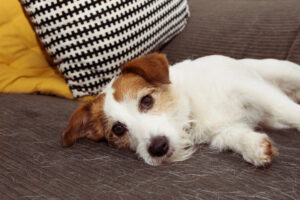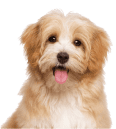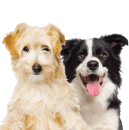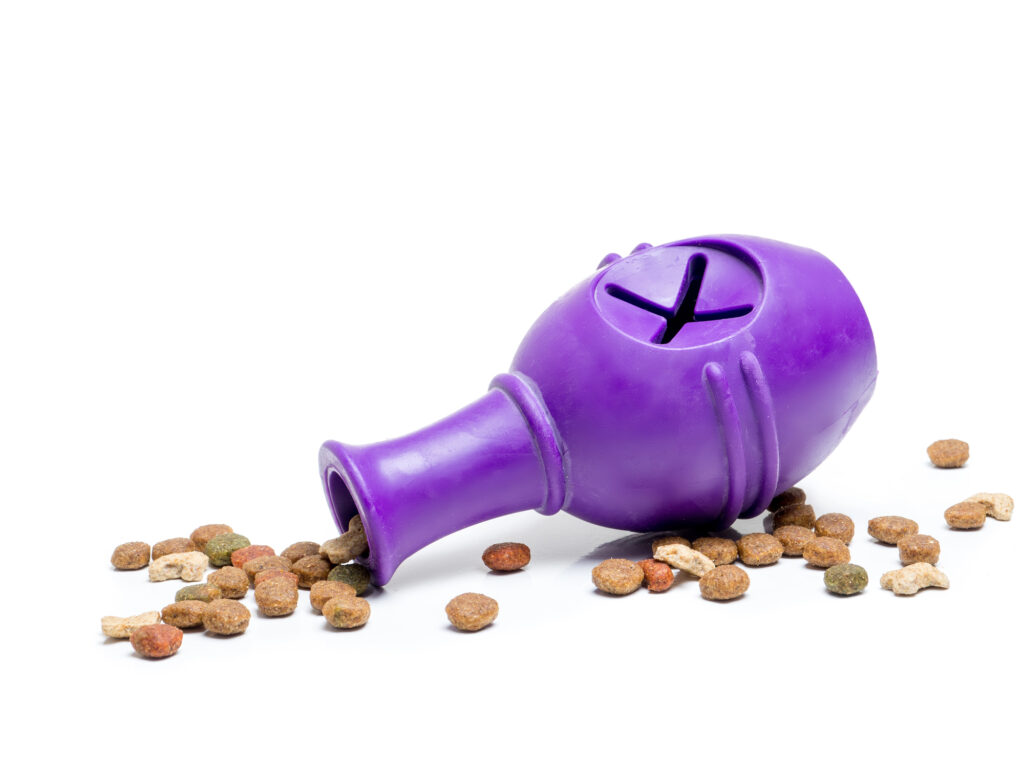
7 Best Toys for Mental Stimulation for Dogs
Keeping your dog’s mind active is just as important as giving them daily exercise. The best toys for mental stimulation for dogs provide challenges that make them think, solve problems, and use their natural instincts.
This kind of play keeps boredom away, lowers anxiety, and helps prevent unwanted behaviors like chewing on furniture or constant barking.
The good news is you don’t need complicated gadgets; simple, well-chosen toys can give your dog hours of mental enrichment.

Boarding Clients!*Discount does not apply during holiday/peak rate periods.

Key Summary:
- Puzzle feeders, treat-dispensing balls, and snuffle mats keep dogs engaged and slow down mealtime.
- Interactive and hide-and-seek toys spark curiosity and independent play.
- Chew toys with fillable centers satisfy chewing needs and keep dogs busy.
- DIY and training toys add variety, build focus, and strengthen the bond with owners.
1. Puzzle Feeders
Puzzle feeders turn mealtime into a fun challenge. Instead of eating straight from the bowl, your dog has to work for their food by solving small puzzles. This could mean sliding panels, lifting flaps, or nudging pieces around until the kibble or treats are released.
How it helps:
- Stimulates problem-solving skills by making your dog figure out how to access food.
- Slows down fast eaters, reducing the risk of choking or digestive upset.
- Keeps dogs engaged longer, especially when they’re home alone.
Dogs naturally enjoy foraging, and puzzle feeders tap into that instinct, turning eating into both a game and a mental workout.
2. Treat-Dispensing Balls
Treat-dispensing balls combine play and reward. As your dog pushes, rolls, or bats the ball around, treats fall out through small holes. The harder they play, the more rewards they get.
How it helps:
- Encourages physical activity while keeping the brain engaged.
- Rewards curiosity since dogs quickly learn that effort pays off.
- Reduces boredom and stress when left alone.
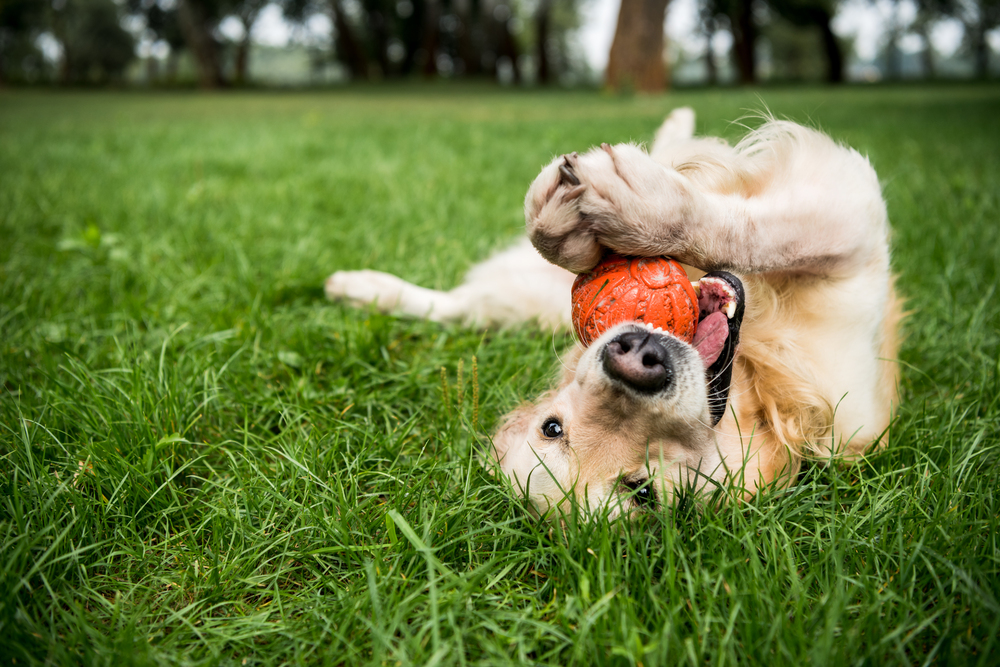
3. Snuffle Mats
Snuffle mats are soft mats with fabric strips where you can hide kibble or small treats. Your dog uses their nose to sniff and dig through the layers to find the food.
How it helps:
– Engages natural sniffing instincts, which is mentally tiring and calming for dogs.
– Provides sensory stimulation, turning mealtime into an interactive hunt.
– Helps anxious or restless dogs relax, as sniffing is proven to lower stress.
Snuffle mats are perfect for indoor play on rainy days and for dogs that love to use their noses.
4. Interactive Toys
Interactive toys respond when your dog touches, pushes, or chews them. Some light up, make sounds, or move unpredictably, keeping dogs curious and alert.
How it helps:
– Builds curiosity and focus by offering feedback when touched.
– Encourages independent play for dogs that spend time alone.
– Provides novelty, which prevents dogs from getting bored with their toys.
In one kennel study, 76% of dogs engaged with floor-placed toys and played for nearly four minutes on average, showing how the right type of toy can hold attention and stimulate interest.
Interactive toys are especially useful for dogs that crave variety and stimulation beyond standard play.
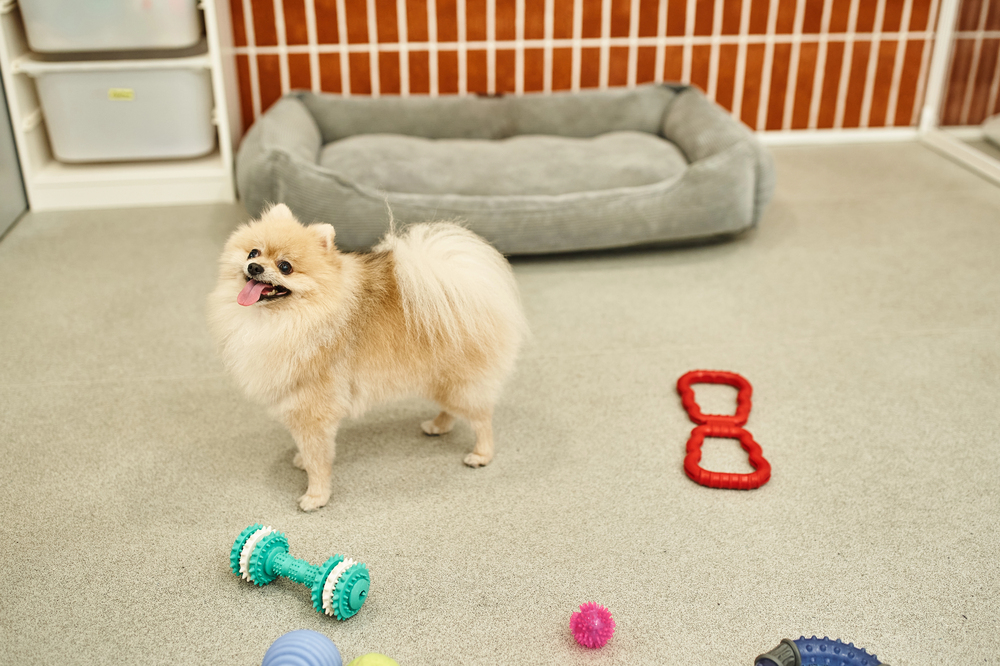
5. Chew Toys with Fillable Centers
Chew toys are a classic choice, but when they have hollow centers that can be stuffed with peanut butter, yogurt, or kibble, they become an engaging puzzle. Dogs must chew, lick, and paw at the toy to get every last bite.
How it helps:
- Satisfies natural chewing needs, protecting furniture and shoes.
- Provides a lasting challenge, since dogs stay focused until the toy is empty.
- Supports dental health by cleaning teeth and gums while chewing.
6. Hide-and-Seek Plush Toys
These toys feature a larger plush that hides smaller squeaky toys inside. Your dog has to dig, tug, and pull to get them out.
How it helps:
- Taps into hunting instincts, letting dogs “search and capture” hidden pieces.
- Encourages problem-solving as they figure out how to remove each toy.
- Keeps play sessions fun and interactive, especially for smaller breeds.
7. DIY and Training Toys
Not all mental stimulation has to come from store-bought toys. Simple DIY setups and training games can be just as enriching.
Examples:
- A muffin tin with tennis balls hiding treats underneath.
- A rolled-up towel with kibble inside for dogs to unroll.
- Training toys that require a “sit” or “stay” before throwing a fetch toy.
How it helps:
- Strengthens the bond between you and your dog through play and training.
- Adds variety, since DIY toys can be switched up easily.
- Teaches patience and focus while still being fun.
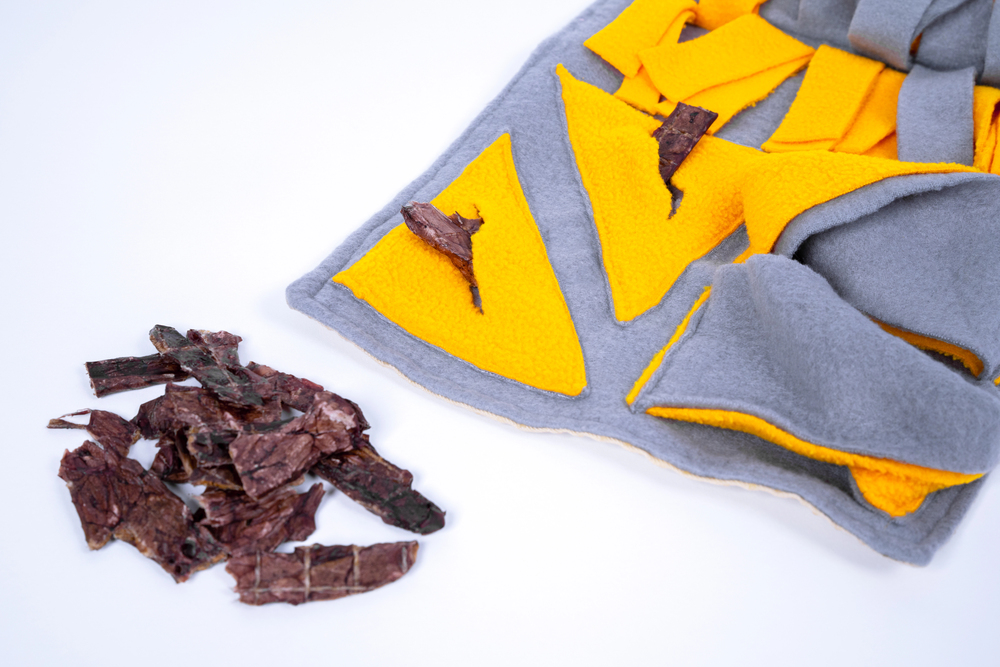
Safety Tips for Mental Stimulation Toys
Always keep safety in mind when introducing new toys to your dog.
– Pick the right size: Toys should match your dog’s breed and chewing strength to avoid choking hazards.
– Supervise at first: Watch how your dog interacts with new toys to ensure they’re safe.
– Check for wear and tear: Remove toys that are broken, fraying, or losing parts.
– Rotate regularly: Swap toys every week or two to keep your dog’s interest high.
– Avoid unsafe fillings: If using fillable toys, skip toxic foods like chocolate, grapes, or xylitol.
Conclusion
Keeping your dog mentally stimulated is just as important as daily walks and playtime.
Puzzle feeders, snuffle mats, treat-dispensing toys, and even simple DIY games give dogs the chance to think, solve problems, and use their natural instincts.
Mixing different types of toys and rotating them often helps prevent boredom and keeps your pup curious and engaged.
With the right toys, you can turn everyday moments into fun learning opportunities that strengthen your bond and improve your dog’s well-being.
And if you’d like even more ways to keep your dog active and happy, Fon Jon Pet Care’s dog daycare in San Diego offers plenty of playtime, socialization, and enrichment while you’re away.




